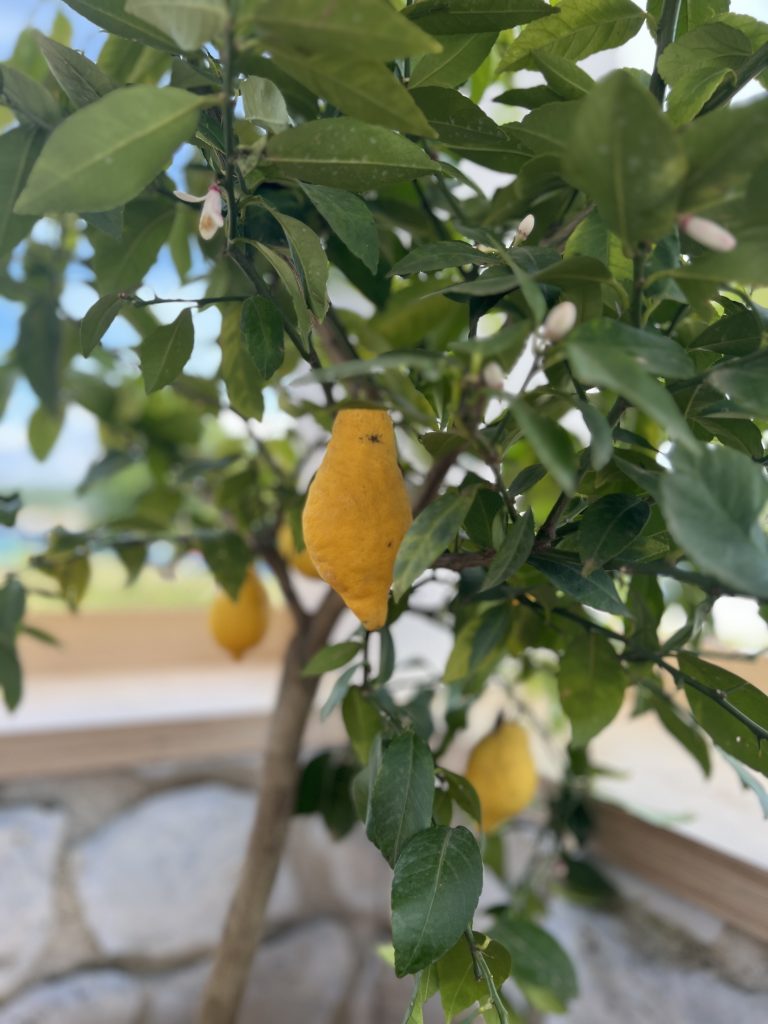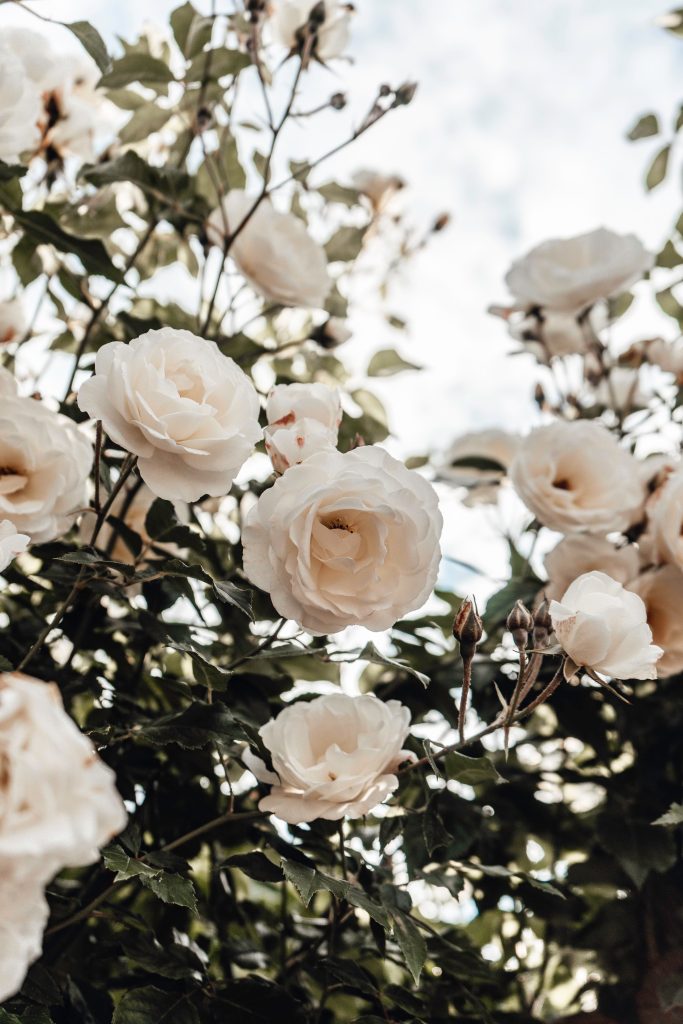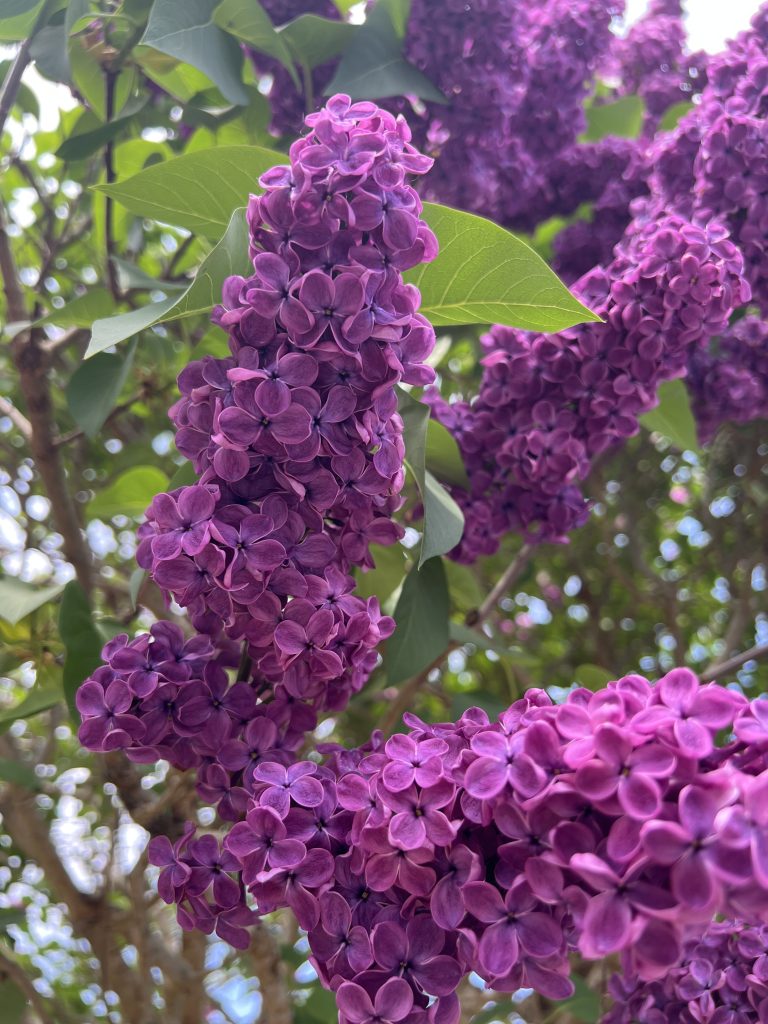5 Ways to Bring Scent Into Your Garden
5 Ways to Bring Scent into Your Garden: A Guide for Homeowners in Sussex and Surrey
There’s something truly magical about walking through a garden and being greeted by a beautiful fragrance on the breeze. Whether it’s the heady scent of jasmine in the evening or the sweet perfume of roses in the summer sun, adding scent to your outdoor space transforms it into a place of sensory delight. Fragrance in the garden doesn’t just uplift your mood; it also evokes memories, calms the mind, and creates a unique atmosphere that is entirely personal to you. Unlike visual beauty, which can be observed from a distance, fragrance invites you in, encouraging you to pause, breathe deeply, and truly inhabit the space.
Many homeowners across Sussex and Surrey already enjoy the beauty of seasonal colour, texture, and structure in their gardens, but scent is often an overlooked element. Yet it’s this very detail that can elevate your outdoor area from pleasant to unforgettable. The good news is, you don’t need a massive space or a complicated planting plan to incorporate scent into your garden. Even a small courtyard, patio, or balcony can become a fragrant oasis with a bit of thoughtful planning. In this guide, we’ll explore the best ways to introduce beautiful scents into your garden, all tailored to the climate and lifestyle of Sussex and Surrey homeowners.

1.Think Seasonally: A Year-Round Fragrant Garden
One of the secrets to a truly scented garden is choosing plants that flower at different times of the year. It’s all too easy to fall into the trap of planting for summer alone, but with some foresight, you can enjoy fragrance from late winter right through to late autumn.
Start with early bloomers to lift your spirits at the end of a long winter. Plants like Sarcococca confusa (Sweet Box) may not look showy, but they produce a surprisingly strong vanilla-like scent in the coldest months. Daphnes, too, are winter-spring heroes, with compact forms and powerful fragrance. As spring transitions into summer, you can begin to enjoy hyacinths and lilacs, followed by the heady scent of roses and lavender at their peak. Come late summer and autumn, climbers like honeysuckle and jasmine keep the fragrance going into the longer evenings.
When choosing your plants, look at bloom times and group them according to season. This way, you ensure that as one fragrant display fades, another is just beginning.
2. Placement is Everything: Location, Location, Location
There’s no point in having a beautifully scented plant tucked away at the far end of the garden where it rarely gets noticed. The trick is to place fragrant plants where you’ll actually experience them. Think about where you spend time: entrances, pathways, patios, seating areas, and even outside your kitchen or bedroom window.
Planting near paths or doorways means you’ll catch the scent every time you pass. Imagine brushing past lavender on the way to your front door or being greeted by jasmine’s perfume each time you step onto your patio. If you enjoy sitting out in the evening, plant evening-scented species like night-scented stock or Nicotiana close by. Containers and raised beds are fantastic for this purpose as you can position them just where you want them and even move them around as needed.
Also consider the prevailing wind direction in your garden. Positioning scented plants where breezes can carry their perfume across your space helps the fragrance travel. In sheltered spots, the scent can linger and become more intense.
3. Choose What You Love: Scents That Suit You
Not all floral scents are created equal, and what delights one person may overwhelm another. Some flowers release a musky or spicy scent, while others are sweet or citrusy. It’s a good idea to explore different types of fragrances before planting extensively. Visit local botanical gardens, nurseries, or garden centres in Sussex and Surrey and get up close to the flowers. Do you prefer the warm spice of dianthus, the honeyed sweetness of honeysuckle, or the sharp, clean notes of eucalyptus?
Think about when you use your garden most. If you’re a morning tea-on-the-patio type, you’ll want plants that release their scent early in the day. If your garden time is mainly evenings and weekends, opt for species that release fragrance later or throughout the day.
Combining different scents in one area can work beautifully, but be careful not to overdo it. Too many strong fragrances in one spot can clash rather than complement. Aim for harmonious layering and give each fragrant star its own space to shine.

The Best Scented Plants for Gardens in Sussex and Surrey
Here’s a list of tried-and-true favourites that thrive in the local climate and offer beautiful fragrance across the seasons. With these in your garden, you’ll have a steady rotation of floral scent from February to October.
Spring
-
Daphne odora – This evergreen shrub blooms in late winter to early spring with intensely fragrant pinkish-purple flowers. Ideal near doorways or paths.
-
Hyacinths – Bold colours and even bolder fragrance. Plant in groups for impact. Ideal in containers where you can bring them close when they bloom.
-
Sweet Box (Sarcococca confusa) – Tiny white flowers in late winter with a powerful, sweet scent. Thrives in shade.
-
Viola odorata (Sweet Violet) – Delicate scent, low-growing, and great for woodland-style planting.
Summer
-
Lavender (Lavandula angustifolia) – A staple for any scented garden. Aromatic foliage and flowers. Needs full sun and well-drained soil.
-
Roses (English and old-fashioned varieties) – Many modern hybrids lack scent, so choose varieties bred for fragrance like ‘Gertrude Jekyll’, ‘Munstead Wood’, or ‘The Generous Gardener’.
-
Philadelphus (Mock Orange) – Masses of white, citrus-scented flowers in early summer. Perfect for borders.
-
Peonies (Paeonia lactiflora) – Not all are scented, but those that are have a light, fresh fragrance and large, showy blooms.
Autumn
-
Honeysuckle (Lonicera periclymenum) – Long-flowering and beautifully scented. A wildlife-friendly climber that works well on fences and pergolas.
-
Clerodendrum trichotomum – A small tree or large shrub with jasmine-scented flowers in late summer and showy berries after.
-
Chocolate Cosmos (Cosmos atrosanguineus) – Smells like dark chocolate! Needs a sheltered, sunny spot.
Evening Scents & Climbers
-
Jasmine (Jasminum officinale) – Classic evening fragrance, best grown in a sheltered, sunny spot.
-
Nicotiana (Tobacco Plant) – Often scentless during the day but releases strong fragrance at night.
-
Night-scented Stock (Matthiola longipetala) – Small flowers with big impact come dusk. Ideal for pots and window boxes.

4. Herbs and Foliage Fragrance
Don’t forget that many herbs offer wonderful scent through their foliage alone. Rosemary, thyme, mint, and basil not only smell amazing when brushed but can be used in your kitchen as well. Lemon verbena has an especially zesty aroma and is perfect for potpourris or teas.
Herbs are perfect for smaller gardens, patios, or even apartment balconies in towns and villages across Sussex and Surrey. They do well in containers and prefer a sunny spot. Try planting a fragrant herb garden near your kitchen door for easy access and daily pleasure.
Bonus Tips for a Fragrant Garden
-
Group Plants for Impact: Scented flowers often work best when planted in drifts. A single hyacinth may go unnoticed, but a cluster of them will create a noticeable pocket of scent.
-
Use Vertical Space: Arches, pergolas, and trellises are perfect for climbers like honeysuckle, jasmine, and roses. Position these over paths or entrances to create a scented gateway.
-
Plan for Evening: If you like to entertain outdoors, choose plants that release scent in the evening. Add subtle lighting to enhance the experience.
-
Combine Texture and Scent: Combine scented plants with those that add visual texture and sound, such as ornamental grasses that rustle in the breeze. This turns your garden into a multi-sensory retreat.
-
Keep It Well-Tended: Deadhead flowers to encourage further blooms and prune shrubs after flowering to maintain their shape and health. A healthy plant will produce better and longer-lasting scent.
5.Create Your Own Scented Sanctuary
Bringing fragrance into your garden doesn’t have to be complicated or expensive. It starts with choosing a few key plants that delight your senses and placing them where you can enjoy them every day. Whether you live in a detached home in the countryside, a townhouse in Guildford, or a flat in Brighton with a balcony, you can build a space that soothes, delights, and inspires through the simple joy of scent.
Are you ready to plan your scented garden? Sign up for my mailing list and receive a free garden layout planning guide to help you design your perfect space. You’ll also be the first to get updates when new blog posts and gardening tips go live.
Let’s make our outdoor spaces in Sussex and Surrey not just look beautiful, but smell unforgettable too.



